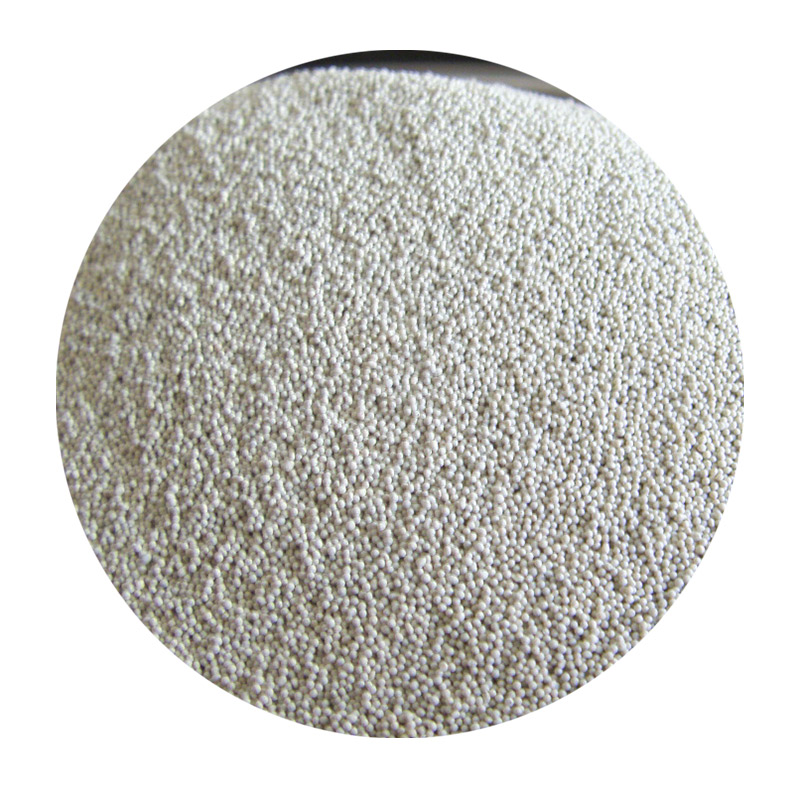The Emergence of 3D Printed Sand Revolutionizing Construction and Art
In recent years, advancements in 3D printing technology have sparked significant innovations across various industries. One of the most exciting developments is the emergence of 3D printed sand, a material that holds immense potential for construction, art, and design. This cutting-edge technology not only streamlines production processes but also offers sustainable alternatives to traditional methods.
The Emergence of 3D Printed Sand Revolutionizing Construction and Art
One of the most significant advantages of 3D printed sand is its eco-friendliness. Traditional construction methods often involve the extraction of raw materials, leading to environmental degradation and increased carbon footprints. In contrast, 3D printing with sand can utilize recycled materials, such as spent sand from foundries, reducing waste and promoting sustainability. Furthermore, the precision of 3D printing minimizes material wastage, making it a more efficient process overall.
3d print sand

In the realm of architecture, 3D printed sand is proving to be a game-changer. Architects can now experiment with more organic shapes and forms, pushing the boundaries of design. The ability to create intricate patterns in sand allows for innovative building facades, which can enhance aesthetic appeal and improve energy efficiency by optimizing natural lighting. For example, structures designed with 3D printed sand can incorporate complex ventilation systems that reduce dependence on artificial heating and cooling.
Moreover, this technology is not limited to aesthetic enhancements; it also enables the construction of durable and sturdy structures. Engineers worldwide are exploring the use of 3D printed sand in creating molds for concrete casting. This method allows for faster and more economical construction of homes, bridges, and other infrastructures. As urbanization continues to surge globally, the demand for efficient construction techniques has never been more critical. 3D printed sand could significantly accelerate the building process, allowing for quicker responses to housing shortages and urban development needs.
The artistic community is also embracing 3D printed sand, using it as a medium for sculpture and installation art. Artists can create stunning, ephemeral pieces that capture the playfulness of sand while retaining the stability provided by the printed structure. This fusion of technology and creativity is inspiring new forms of expression and pushing the boundaries of what's possible in art. Public installations made from 3D printed sand can engage audiences in unique ways, often addressing themes of nature, temporality, and human interaction with the environment.
In conclusion, 3D printed sand represents a significant leap forward in construction and art, marrying technological innovation with sustainability. As this technology continues to evolve, it opens up new avenues for design and construction, catering to the needs of an increasingly urbanized world. The blending of creativity and engineering not only enhances the aesthetic qualities of structures but also paves the way for a more sustainable future. The potential applications of 3D printed sand are vast, and as we explore this frontier, we are likely to witness transformative changes across industries, fundamentally altering how we conceive and construct our built environment.
Post time:നവം . 26, 2024 23:47
Next:Techniques and Advantages of Sand Casting for Steel Manufacturing Processes
